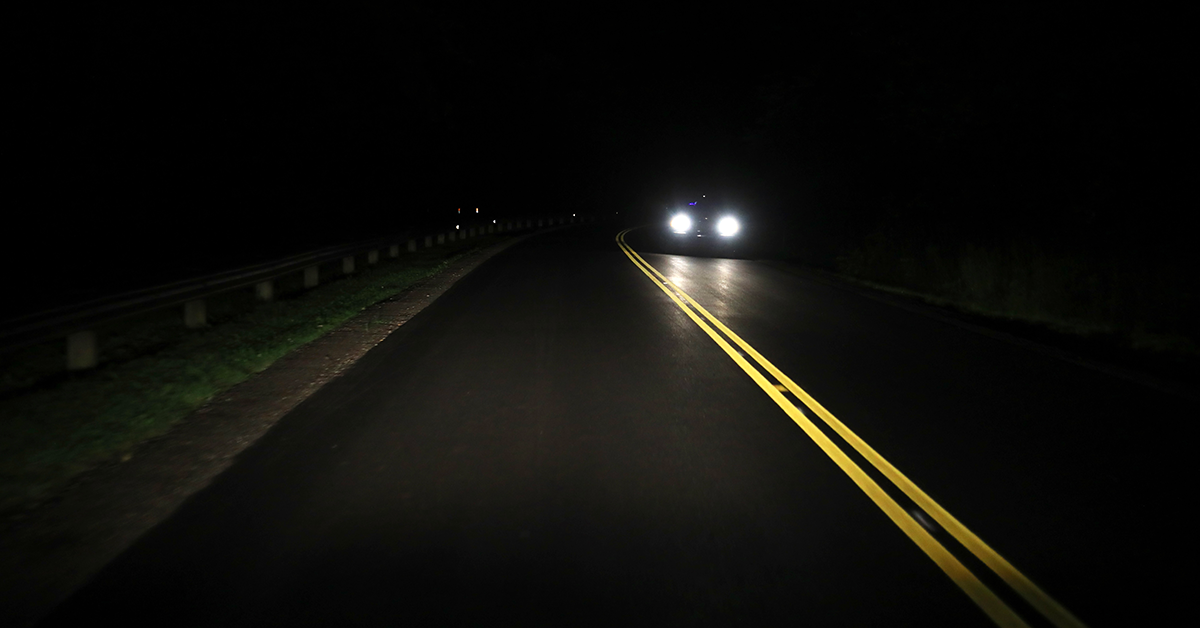Darker days are here
Darker days are here

On Nov. 3, we “fell back” one hour as daylight saving time ended. While this change brings an extra hour of sleep, it also means earlier sunsets and darker evenings. This shift can bring new challenges for drivers, pedestrians, and cyclists. With that in mind, here’s how everyone can stay safe on the road during darker fall and winter evenings.
Stay alert on the roads
As the days grow shorter, it’s essential to stay aware of our surroundings. The early darkness can increase risks for pedestrians, cyclists, and drivers. Here are some ways to stay safe:
- Drivers: Be cautious of pedestrians, especially in parking lots and driveways, and use your headlights to stay visible. Keep extra distance between you and the car in front, especially if morning sun glare is a problem. And don’t forget to keep distractions, like cell phones, out of reach.
- Pedestrians and cyclists: Make yourself as visible as possible. Wear light-colored or reflective clothing, especially in poorly lit areas, and always use sidewalks when available. If you must walk on the road, face oncoming traffic.
Why eyewear matters
A recent AAA survey found that more than 60% of drivers rely on prescription eyewear for driving, but not everyone wears their glasses consistently. While 80% of drivers report always wearing their prescription lenses, some only wear them occasionally. Since visibility is lower at night, regular eye exams and corrective lenses are essential for safe driving. Remember to:
- Keep your eyes moving while driving – avoid focusing solely on the center of your headlights’ illumination.
- Use the sides of objects for better focus in low light.
- Avoid high-beam glare by looking toward the right side of the road when oncoming headlights are too bright.
Check your headlights
With about 50% of crashes happening at night, keeping your headlights in top condition is crucial. Signs of headlight wear include yellowing or clouding of the lens. Cleaning or replacing old headlights can make a big difference in visibility. AAA Approved Auto Repair shops and other mechanics can help with this simple but important task.
Be cautious around schools
With early nightfall, it’s important to be vigilant around schools. Kids may be walking home in the dark, so keep an eye out, especially near bus stops and crosswalks. Remember, slowing down can save lives – a pedestrian struck at 25 mph is much less likely to be seriously injured than one hit at 35 mph.
Stay updated on recalls
The National Highway Traffic Safety Administration’s free SaferCar app can help you check for any recalls on your vehicle. Staying on top of recalls keeps your car safe and reliable as winter weather approaches.
Do your headlights need serviced? Trust AAA's network of Approved Auto Repair locations. Find your closest shop now!












